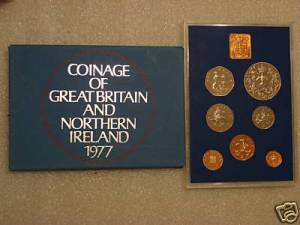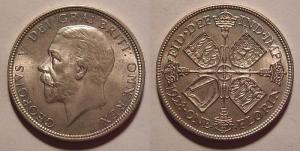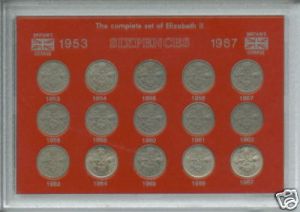
Value – £12.00
This 1917 Three Pence coin is one of many great coins to have in a collection. This was my very first coin of value. Although this coin is not of much value it is still a nice coin for any collection. This coin that I have is valued at about £12. This coin is one of the newer coins compared to some of the others before it. However it does seem old when you look at victorian pennys. I remember when I first looked at this coin and found out that to the date then it was 94 years old. A little bit of history right there.
The threepence or thrupenny bit was a denomination of currency used by various jurisdictions in England, Ireland, Scotland and Wales, until decimalisation of the pound sterling and Irish pound in 1971. It was also used in some parts of the British Empire (later known as the Commonwealth), notably Australia, New Zealand and South Africa.
Before decimalisation brought about a new currency with new coinage, the sum of three pence was pronounced variously “THROOP-ence” “THREPP-ence” or “THRUPP-ence” reflecting different pronunciations in the various regions of Great Britain. Likewise, the coin was usually referred to in conversation as a “THROOP-nee” “THREPP-nee” or “THRUPP-nee” bit.
The reign of king George V (1910–1936) features several changes to the threepence denomination. As with all British silver coins, the silver content was reduced from sterling (0.925) silver to 50% silver, 40% copper, 10% nickel in 1920, 50% silver, 50% copper in 1922, and 50% silver, 40% copper, 5% nickel, 5% zinc in 1927, while the design of the reverse of the circulating threepence (but not the maundy threepence) was completely changed in 1927 to three oak sprigs with three acorns and a “G” in the centre, and the inscription THREE PENCE date. The inscription on the obverse throughout the reign was GEORGIVS V D G BRITT OMN REX F D IND IMP.








